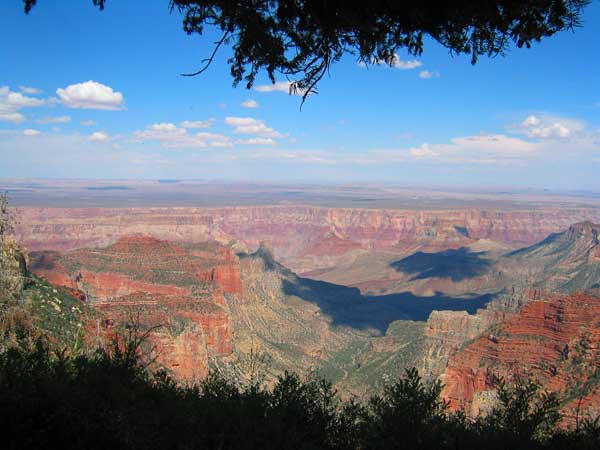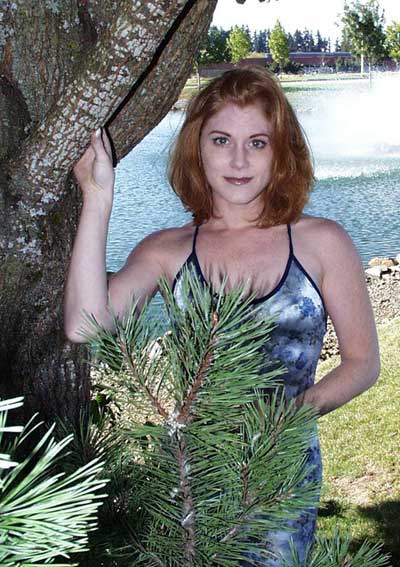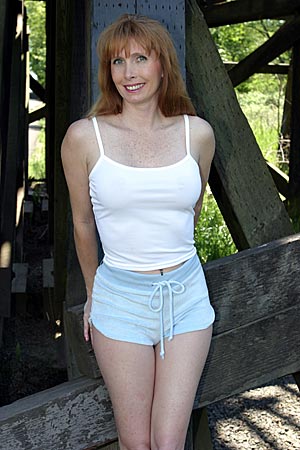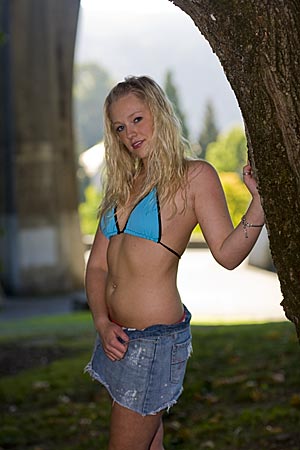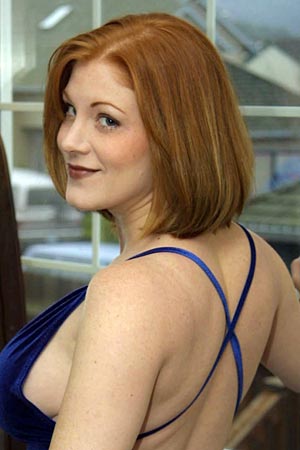Home | Philosophy | Equipment | Articles | Family | Blog | Portfolio || Updates | Contact Me |
|||
Composition, Lesson 1: Framing
Unlike exposure, photographic composition is not so easy to define. As with exposure though, there are a standard set of rules or suggestions that a photographer must know well. The reason for knowing the rules of composition so well is not to slavishly follow them, however, but rather to know when to use them and when to break them and why. Framing is simply the concept of using existing structures or elements in your photograph to contain your subject. Usually these elements will be in the foreground, but as you will see from my examples, more subtle framing can be achieved by combining foreground and background elements. Look at the first example of framing:
This example shows a landscape framed by foreground elements which, due to the backlighting, are in silhouette. You will also note that they are also within the range of the depth of field so they are reasonable sharp as well. The subject, obviously, is this splendid view of the Grand Canyon with the shadows of the clouds drifting across the canyon floor below. This framing is definitely not subtle, but it does serve to add a sense of depth to the two dimensional photograph. Here the framing is effective because it adds depth to the photo which would otherwise seem flat. Our second example is even more effective at adding depth to the scene:
In this example the foreground and background elements are all well exposed and within the depth of field. Also note, that the subject is surrounded on almost all sides and the eye is effectively drawn to the mountain's rugged heights. The foreground elements do not detract from the photo, but rather they complement the overall scene and direct the eye to where the photographer wants it to go. Now, let's see how we can use framing with our glamorous models:
Refer to the photo above. Once again, we're using foreground elements in an attempt to frame our subject, but this example works poorly if at all. In this case the model is much too close to the foreground elements and they obscure the subject rather than frame her. The tree could have been used as an effective frame on one side of the photo if there had been a complementary framing element on the opposite side. Also, the model is only framed on the left side, and the blown out foreground element in the lower left corner distracts from the framing. So, here we can see that framing can detract from the overall photograph if it is not used correctly.
In the photo above we see a much more effective use of framing. The model is surrounded on all sides and in the background by complementary structures that bring the eye to the model and isolate her from her surroundings.
Once again our lovely model is framed with both foreground and background elements. The tree trunk in the foreground frames one side of the photo while a large bridge support frames the other side. Both elements converge at the top and the eye is again directed to our subject and cannot wander out of the photo. The background alone can be used to frame the subject. Look at the example below and note how the window behind the model is used to frame her. The out-of-focus pattern of the window forms an effective framing element than keeps the eye on the model.
Let's look at a more subtle example of framing:
The viewer may not even notice the frames in this photo, but they're still there. The model is leaning against a doorway which serves as both a foreground and right side frame, while in the background the mirror serves as a background and a left side frame. The pattern of panes in the window through which the background light is streaming also serve to frame the upper portion of the model's body, and these elements all work together to keep the eye concentrated on the lovely subject. You should now understand the concept of framing and how to do it. The question that remains is when to do it. The answer to that question is, it depends. Use framing when you can effectively isolate the subject on two or more sides with the elements of the frame and when the framing serves to add dimensional depth to the composition or when it serves to draw the eye to the model. Architectural arches are effective frames, as are windows, doorways, arbors, and other openings. Overhanging tree limbs or other structures can keep the eye from wandering out of the top of the photo (where otherwise open sky would draw the eye), and foreground elements will add depth to the scene if they are far enough away from the main subject. Remember, you can use both foreground and background elements to provide a more subtle framing effect. Be careful, though. Framing can easily be overused and turned into a cliche. Don't try to frame everything, but do pay attention to when you can use it to your advantage.
|
|||
| Home | Philosophy | Equipment | Articles | Family | Blog | Portfolio || Updates | Contact Me |
|||
| © Copyright 2004 Mark A. Cohran, All Rights Reserved Contact the Webmaster |
